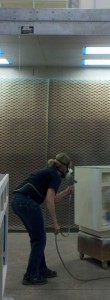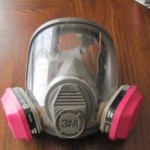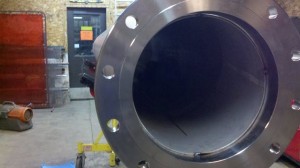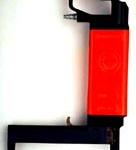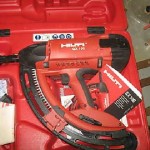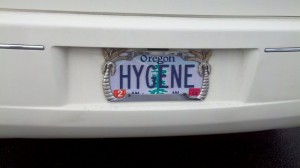Thu 23 Feb 2012
Spray booths – tips & suggestions
Posted by admin under Air Monitoring, Spray Booth, Spray Finishing
Comments Off on Spray booths – tips & suggestions
I find many construction-related companies who operate a spray booth at their shop. Many are used irregularity, depending on the project. As with most things that are used occasionally, they aren’t always in tip-top shape. Below are a few suggestions and questions for construction firms with these types of equipment.
- Measure the airflow of your booth (there are various ways) but it should be 100 feet per minute. If it isn’t, you need to change something. The filter? the fan size? the exhaust duct size? the make up air (add more)? Please get someone to help you with this. Increasing the motor size is usually the knee-jerk reaction, but NOT usually the solution.
- Make sure your manometer works. Is there a range written on the gauge for “operational”? see arrows at bottom of picture
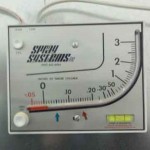
- Do your employees actually spray inside the booth? (seems like an obvious question but….)
- Are your MSDS nearby?
- Where do the employees mix the paint? (hopefully in a ventilated area)
- Do the employees wear the correct PPE? What about during mixing? When the items are drying?
- Are they covering their necks & arms when spraying? Do they need to? (check the MSDS)
- What product do they clean their spray guns with?
- What product do they thin the paint with?
- Is there a functional eyewash station nearby?
- Do you know the airborne level of exposures to employees?
